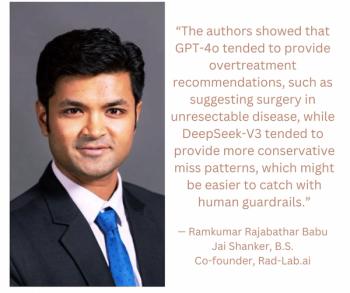
Slip-ring PET camera from Siemens to sell for less than $1 million
Novel engineering of ECAT ART aims for cost-efficient operation The nuclear medicine group of Siemens Medical Systems hopes to take some ofthe pain out of purchasing a new PET camera by introducing a newsystem that will sell for under $1
Novel engineering of ECAT ART aims for cost-efficient operation
The nuclear medicine group of Siemens Medical Systems hopes to take some ofthe pain out of purchasing a new PET camera by introducing a newsystem that will sell for under $1 million. Siemens debuted ECATART at last week's Society of Nuclear Medicine meeting in Orlando.
With a list price of $980,000, ECAT ART is intended to putclinical PET within reach of many hospitals. In addition to thecamera's low price, Siemens designed the unit to work with a regionalcyclotron, as opposed to a cyclotron located at the same facilityas the PET camera. Purchasing and siting a cyclotron is an expensivetask that can add millions to the cost of a PET center.
Siemens got ECAT ART under the magic $1 million mark by transferringslip-ring technology from its CT line to PET. Designing a slip-ringPET scanner enabled Siemens to reduce the number of detectorsin the camera from 144 to 66, slashing a major contributor tothe expense of a PET system, according to Bob Lytle, vice presidentof marketing at the Hoffman Estates, IL-based nuclear medicinegroup.
Instead of a full ring of stationary detectors, ECAT ART featurestwo sets of partial detectors set 180º opposite each other.The detectors spin around the body during a scan.
Siemens received Food and Drug Administration 510(k) clearancefor ECAT ART in May. It will market the system to facilities thathave access to a regional PET radioisotope distribution center.Siemens estimates that a single isotope distribution center cansupply five PET sites.
ECAT ART's debut marks the latest effort in a vigorous campaignby vendors to bring down the cost of clinical PET before the modalitycan be extinguished by a sluggish medical imaging market. GE MedicalSystems made a similar cost-cutting move last year, when it acquiredrights to UGM Medical Systems' Penn-PET scanner (SCAN 12/29/93).
Whether or not the vendors' campaign succeeds should soon beknown. FDA officials, in an open meeting at the SNM conference,indicated that by the end of this month the agency will approvea new drug application for the commonly used radiotracer fluorine-18fluorodeoxyglucose. The NDA was filed by Downstate Clinical PETCenter in Peoria, IL (SCAN 5/18/94). The official also statedthat at the same time the FDA would issue its policy on whetherit will require a separate NDA for each radioisotope facility.
Approval of the NDA could lead to Medicare reimbursement ofPET and renewed interest in the technology. This could put clinicalPET over the commercial hump, according to Thomas A. Cafarella,vice president of Siemens' nuclear medicine group.
Newsletter
Stay at the forefront of radiology with the Diagnostic Imaging newsletter, delivering the latest news, clinical insights, and imaging advancements for today’s radiologists.




























